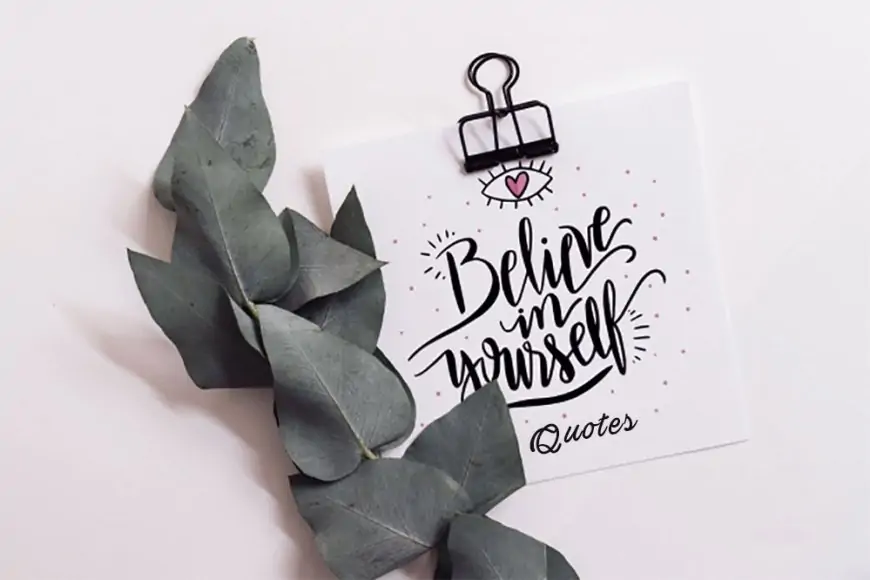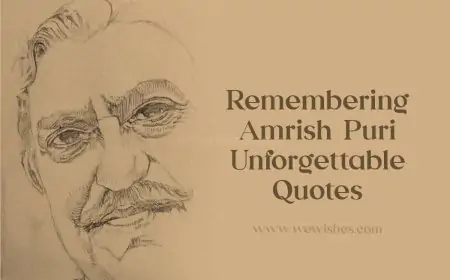For generations of Americans, the arrival of the Sears Wish Book was nearly as magical as Christmas itself. Decades before major online retailers like Amazon existed, kids and adults alike thumbed through hundreds of pages filled with toys, clothing, home décor, gadgets, and other trends of the time, circling everything they hoped to see wrapped underneath the tree on Christmas morning.
Really, it was an excuse — an invitation, rather — to dream. Like the name implied, the Sears Wish Book, a.k.a. "the Book of Wishes," inspired everyday folks to wish for something bigger, brighter, and better in their everyday lives. Some daydreamed about their future homes, earmarking pages full of Kenmore appliances, Blue Willow china sets, and matelassé bedspreads. Others played pretend, gawking at Joe Namath's replica jersey or white bell bottoms à la Saturday Night Fever. Many like Jason Liebeg, founder of WishBookWeb, a site dedicated to vintage catalogs, flipped straight to the 100-page toy section in the back of the book. "We take it for granted now, but it was truly world-changing at the time to have so many different products, 600 pages worth, at our fingertips," he reminisces.
The inaugural Sears Christmas Book, which highlighted "Miss Pigtails" dolls, five-pound chocolate boxes, and live singing canaries, was just 78 pages. By the time it was renamed the Sears Wish Book in 1968, it had ballooned to 608 pages, giving shoppers an expansive assortment of gifting options for all ages, interests, and budgets. In 1992, the Sears Wish Book hit an all-time high of 834 pages before dropping to 150 pages during its final years.
Before online shopping was a possibility — or even a thought — Sears focused on making it easy for busy, budget-minded shoppers to buy everything on a loved one's Christmas list, no matter how far they lived from a physical store. There were four different ways to make purchases, as outlined in the catalog's index: over the phone, by mail, by visiting the Catalog Sales Office or a Sears Authorized Sales Merchant, and with the help of a salesperson at the Retail Store Catalog Sales Department in local Sears stores.
To make their products more accessible for middle and lower class families, Sears promised to offer the lowest prices possible, even giving shoppers "Satisfaction Guaranteed or Your Money Back." When major retailers like Walmart, Kmart, and Target entered the scene in the 1960s, Sears evolved their customer-first mentality by launching payment plans and the Discover Card credit card, which allowed shoppers "to buy up to $200 for a minimum monthly payment of only $10."
The concept of store credit cards and ship-a-gift delivery service is a given in 2019, but it was revolutionary at the time. "Sears was the Amazon of their day, or I should say that Amazon is the Sears of today," Liebeg remarks. "They may have not been the first people to implement mail-order retail, but they were the trendsetter who inspired J.C. Penney and FAO Schwarz to follow suit."
In many ways, the Sears Wish Book was a printed time capsule, serving as "a mirror of our times, recording for future historians today’s desires, habits, customs, and mode of living," as described by the Sears News Graphic. Flip to any page in any given catalog to get a glimpse of what everyday life was like for many middle class families in America at the time. The catalog's early years followed the Great Depression, which explains why the "I'm So Proud of My Furry Outfit" doll was 95¢, but advertised as "easily worth $1.50 to $2" in the 1937 issue — a symbol of hope for families still recovering from the economic pains of the previous decade. The 1950s promised brighter times with pages full of Roy Rogers costumes, Kenmore sewing machines, and "Make-It-Snow" in an aerosol can.
The warm, fuzzy feeling that many yearned for was felt in every corner of the United States as soon as the Wish Book hit their doorstep. During its 78-year run, Sears reports that "tens of millions" made the catalog a part of their annual holiday tradition. Model and actress Shelley Hack was one of the millions who recognized — and felt — its tremendous impact.
Just five years before she landed the role of Tiffany on Charlie's Angels, the 27-year-old modeled a $7 rib-knit acrylic turtleneck and $15 flared plaid pants. She, like many other young models at the time, was hopeful that the 1974 catalog spread would welcome new career opportunities — after all, she knew that millions of people would see her face. "I had a farm in upstate New York during the 1970s and 1980s, and the Sears Wish Book was a crucial component to everyone's holiday," she says. While her memories of modeling include "lots of plastic stuffing and pinning in the back," she can't help but look back at the catalogs fondly — just like the rest of us.
While Liebeg "grew up in a J.C. Penney household based on store proximity alone," he recalls the rush of excitement that came every afternoon in late August as he waited for the mailman to approach his front door with a Wish Book in hand.
And he's not the only one. When we asked Good Housekeeping readers to reflect on their fondest Sears Wish Book memories, 180 people responded with sentiments similar to Liebeg's.Reader Claudia J. Buhler-Birkenmeyer remembers the fights she had with her brother and sister "to be the first one to look at all the great toys inside." Pat Walp recalls eagerly awaiting its arrival because it meant there were hundreds of opportunities for her budding paper doll collection.
Ask someone who grew up in the years between 1933 and 2011, and you might find that their fondest memories of the catalog weren't really about toys at all. For many kids, it was a cherished moment shared with siblings, parents, and grandparents. "[We would spend] Thanksgiving night circling everything we wanted and showing our aunts, uncles, grandparents and any other adult who was over," Maria Denise shares.
For parents, it was a moment of peace during an otherwise chaotic holiday season: "[I remember] watching our children going through the catalog pointing out what they wanted and what they had. I can still hear my son saying 'I habba dat' when he was 2-years-old," Eileen Billman recalls.
Many, including reader Liz Zermeno, can pinpoint specific gifts, connecting them with different people in their lives that they've lost over the years. "[I remember] circling everything I wanted but knowing deep down my parents could never afford to buy any of it. I was blessed they did buy me what they could. I miss my parents so much," she writes.
Once the semi-annual "Big Book" was discontinued in 1993, Americans relied on the Sears Wish Book for inspiration in gifting and beyond. This very sentiment is why some people still get teary-eyed at its mention. "It's become a nostalgia touchstone," Liebeg explains. "Even for me, it wasn't about the specific Star Wars figure that I wanted; it was about what my mother was willing to do for my brother and me."
For multiple generations, the Sears Wish Book continues to be a reminder of simpler, more innocent times. "We never really got [a lot of] toys like kids do today, so it was actually the Wish Book us kids would fight over, to wish," says reader Debra Toone. Even if kids knew their parents couldn't afford a Tonka Winnebago or Lionel Electric Train Set, they still felt compelled to dream. Like the 1969 issue of the Wish Book noted, the Sears catalog was "where imaginative ideas become a reality." For many, this idea still holds true.
Although the Sears Wish Book ceased publication in 2011, Sears brought back it back for one year in 2017 — albeit a reimagined, shorter version. But still, the days of the "600-page book of joy" seem to be gone for good. In 2019, the slow, all-encompassing activity of circling and dreaming has been replaced with scrolling, clicking, and creating Amazon Wish Lists. The legacy, however, lives on with every page turned, every story shared, every catalog listed on eBay, and every doll passed from one generation to the next. But just as the Sears Wish Book taught many of us way back when, there's no harm in wishing for the impossible.


















